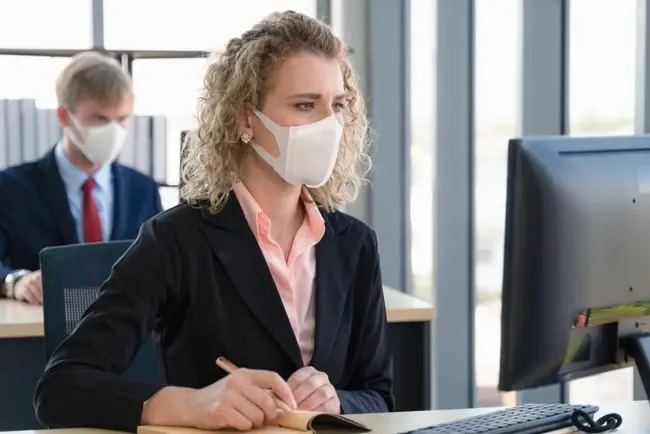Earlier in April, the UK was beginning to see signs that it was flattening the COVID-19 curve. Matt Hancock, the UK's Secretary of State for Health and Social Care, and Professor Chris Whitty, Chief Medical Officer for England, have both since commented that the UK has reached its peak, ushering companies into the next phase of the pandemic: considering how to get back to business as usual.

With normality now closer on the horizon, government ministers and businesses alike must consider how they will safely reintegrate employees into the office environment post-COVID-19. However, with so many factors to take into account, it's difficult to know where to start.
Chris Biggs, the managing director of chartered accountants and consultants Theta Financial Reporting, offers his commentary and expertise on the matter:
"Both businesses and the public need certainty and clarity on how we will end the lockdown but not at the expense of the nations’ health. Above all, we must avoid the fear of ‘double-dip’ lockdown as this will shatter business confidence resulting in a delay for companies returning to doing business. If there is a double-dip, then businesses will likely fear a risk of then a ‘triple-dip’ and so on. This will any ability for businesses to plan, for them to pick up business activities again and strangle any economic recovery.
For business leaders, there are various ways to manage a return to work. The Government will provide the guidance, individual businesses will, however, need to decide on an approach that is within the rules but works best for them to manage their own employee’s and business’s risk.
From the offset, leaders and managers will need to describe if they will continue to work from home. They should ask why not if it has worked well and productivity has been maintained. This could help cut down on unnecessary overheads and help the business's balance sheet.
Also, ask if the full workforce returns with strict social distancing or if a staggered approach may be workable. For example, if employees return with 50% at home and 50% in the office and alternate, this could help contain any possible future outbreak and maintain the safety of your team. Changing the working pattern to include Saturday and Sunday has been suggested to help phase people working five days across the seven.
At the end of all of this, there will need to be a wholesale review of companies’disaster recovery plans to ensure they learn and put in place now actions that will help in future. However, businesses need to start this now and gather input from all areas of the business and all staff to see what needs to change and be put in place. There is no better time than now to start this before we remember COVID-19 as a distant memory."







Comments ( 0 )